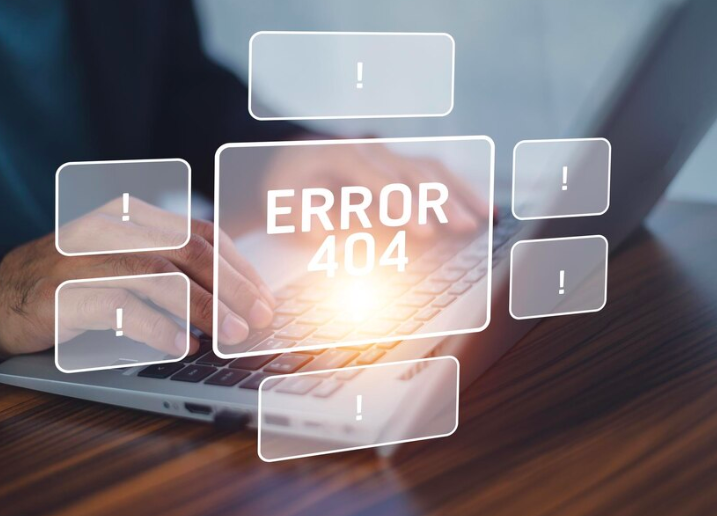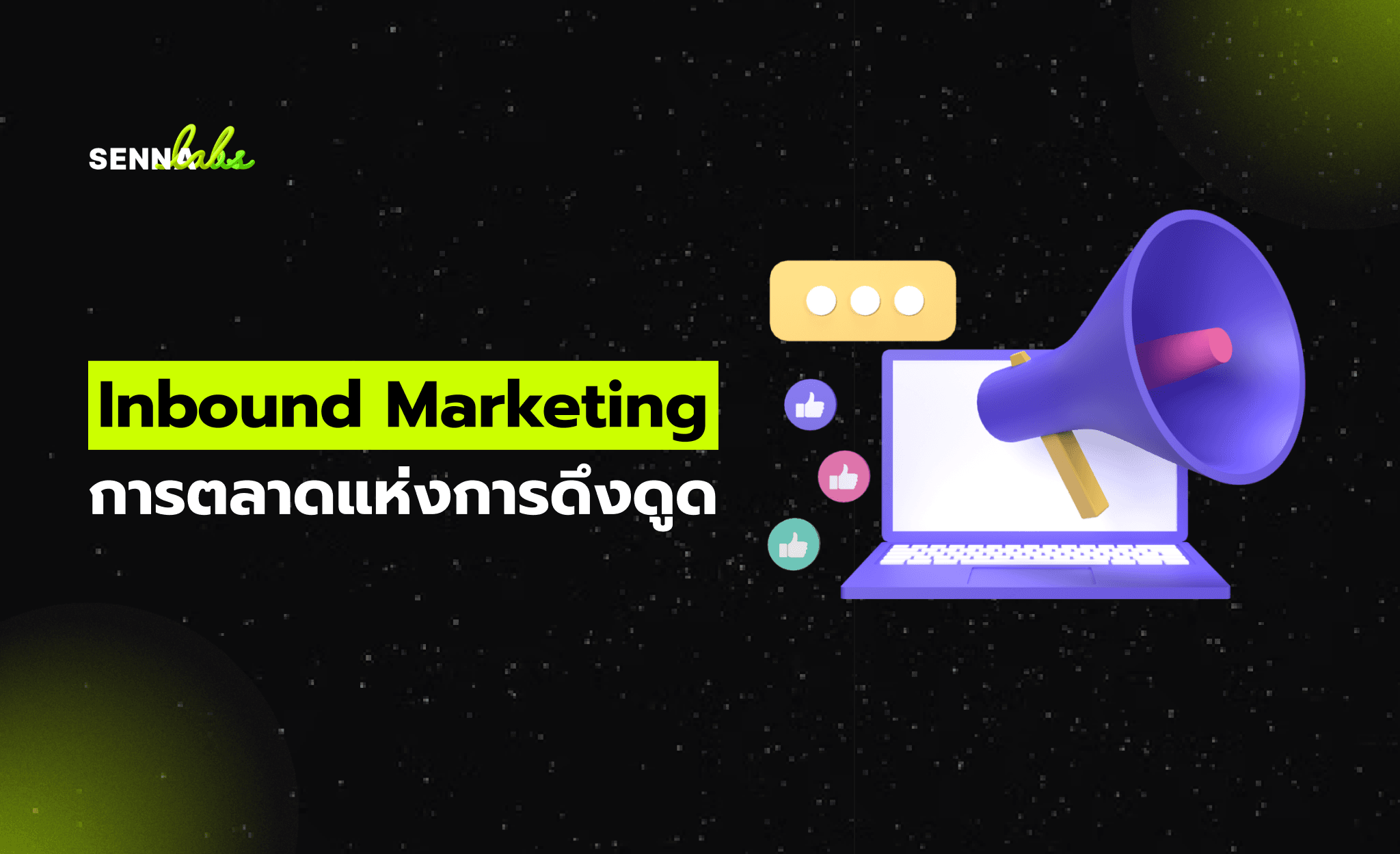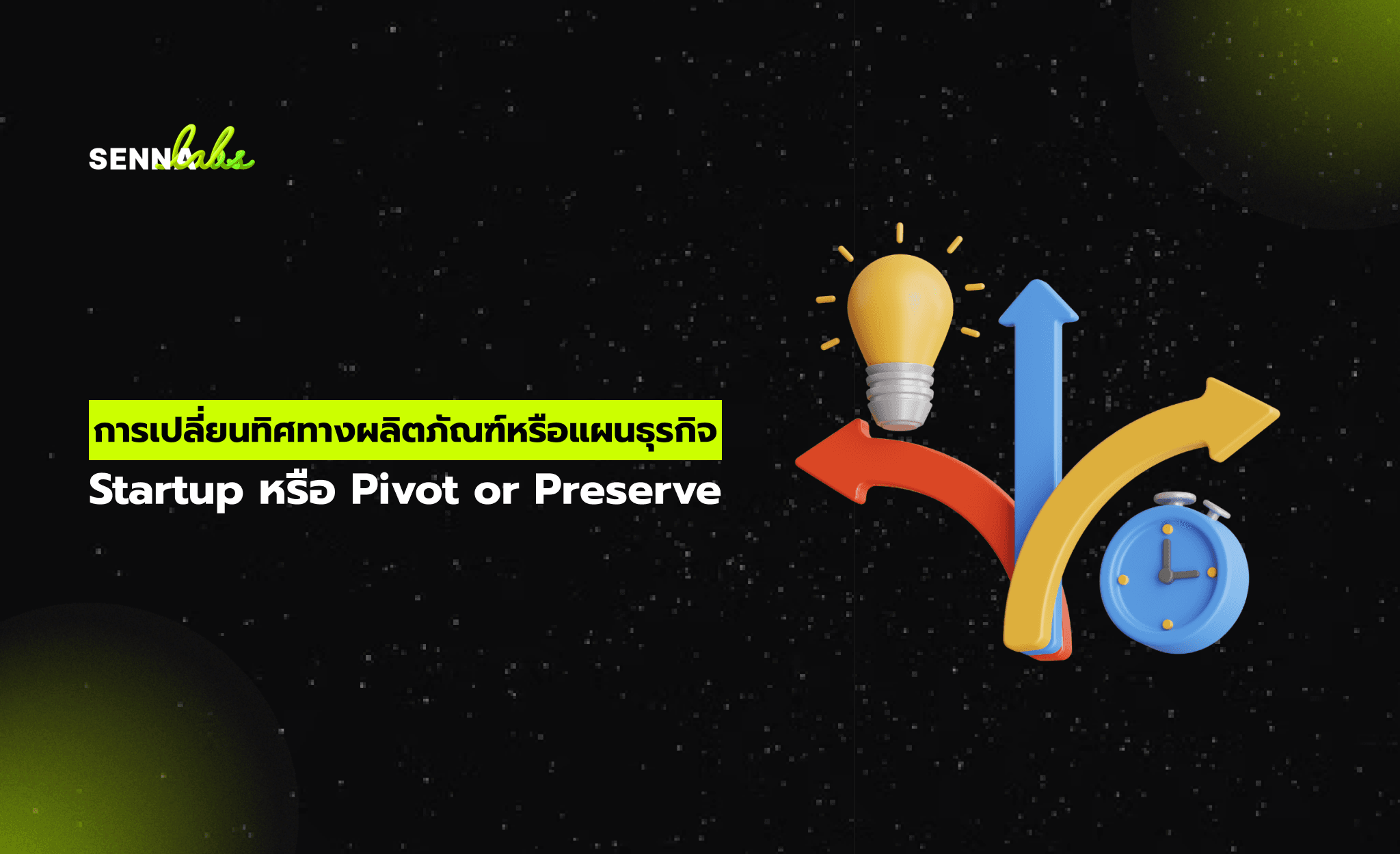Broken Links (404 Errors) Hurt SEO—AI Finds and Fixes Them

When it comes to SEO, few things are more damaging than broken links. Known in technical terms as 404 errors, these dead-end pages frustrate users and send negative signals to search engines. While they may seem like minor annoyances, broken links can significantly hinder a website’s performance. Fortunately, artificial intelligence (AI) is now making it easier and faster to detect and resolve these issues—ensuring both users and search engines remain happy.

Why Broken Links Matter
Every link on a website plays a role in guiding users and search engine bots through the content. When a link leads to a non-existent page, it interrupts the flow of navigation. From a user’s perspective, broken links can be frustrating. They click expecting valuable information but instead hit a dead end. For businesses, this not only damages credibility but also increases bounce rates and decreases conversions.
From an SEO standpoint, the damage goes deeper. Search engines like Google want to deliver the best experience to users. If a website has numerous broken links, it sends a signal that the site may be outdated or poorly maintained. Crawlers waste time trying to follow links that lead nowhere, reducing crawl efficiency. Over time, this can lead to lower rankings in search engine results pages (SERPs).
The Hidden Impact on SEO
While a single 404 error might not crash a site’s SEO, a high volume of broken links across key pages can have compounding effects. Search engines interpret them as a sign of low quality or lack of care, particularly if the broken links are internal. These signals can:
-
Lower crawl budget efficiency: Search engine bots have limited time to crawl a site. Wasted time on broken links means less time spent indexing useful content.
-
Decrease domain authority: If backlinks from external sources point to broken pages, link equity (the SEO value of those links) is lost.
-
Hurt user experience metrics: Search engines monitor user behavior like dwell time and bounce rate. A broken link that causes someone to leave quickly tells Google the page didn’t meet expectations.
-
Disrupt conversion paths: If the broken link is part of a sales or lead generation funnel, it can block users from taking desired actions.
Traditional Methods of Fixing Broken Links
Before the advent of AI, identifying and repairing broken links was a labor-intensive task. SEO teams often relied on periodic manual audits using tools like Google Search Console, Screaming Frog, or broken link checkers. These tools could surface 404s, but they required human oversight to interpret the data and implement the fixes.
Moreover, not all broken links are created equal. Some might result from content that was moved without proper redirection. Others may come from outdated references, misspellings, or user-generated content. Handling each case demands context and decision-making, which added hours of work to every audit cycle.
How AI is Transforming Broken Link Management
Artificial intelligence is now streamlining this entire process, making it faster, smarter, and more proactive. AI-powered SEO tools can:
1. Continuously Monitor Websites
Instead of waiting for a manual audit, AI systems continuously crawl websites in real-time. This ensures that any new broken links are identified shortly after they appear—before they begin to hurt rankings or user experience.
2. Prioritize by Impact
AI can analyze which broken links are most harmful based on factors like page authority, inbound link volume, user behavior, and location in the site hierarchy. This prioritization helps webmasters fix the most critical issues first.
3. Auto-generate Fix Suggestions
Instead of merely pointing out that a link is broken, AI tools can suggest or even implement fixes. For example, if a page was moved and no redirect was set, the AI can detect a likely match and recommend a 301 redirect. Some systems can implement these changes automatically within CMS platforms.
4. Monitor Backlinks for 404s
AI doesn’t just look at internal links—it also scans backlinks from other websites. If an external site links to a page that no longer exists, AI tools can flag it and recommend outreach or redirection strategies to preserve link equity.
5. Understand Content Context
Advanced AI models use natural language processing to understand the context of the broken link and recommend a replacement that is semantically relevant. This ensures users still receive value and continuity in their experience.
The Human-AI Partnership
While AI dramatically reduces the manual workload, human oversight is still essential. Strategic decisions—like whether to redirect, remove, or recreate content—often require business context that AI lacks. However, with AI handling the heavy lifting of detection and suggestion, SEO teams can focus on high-impact decisions and broader content strategies.
Best Practices to Minimize Broken Links
Even with AI in place, there are a few practices that can help keep 404 errors to a minimum:
-
Implement proper 301 redirects when URLs change.
-
Avoid deleting pages without a plan for where users should go instead.
-
Use a centralized CMS or content inventory to manage updates.
-
Conduct periodic audits, even with AI in place, to ensure quality control.
-
Educate content creators on the importance of using reliable, up-to-date links.
Conclusion
Broken links are more than just a nuisance—they’re silent SEO killers that erode trust and performance. Fortunately, with the power of AI, maintaining a healthy, user-friendly, and SEO-optimized website is more achievable than ever. By automatically detecting, analyzing, and helping to fix broken links, AI enables teams to protect their rankings, enhance user experience, and focus their efforts on growth rather than damage control.
In the end, SEO success depends not only on great content but also on strong infrastructure. With AI as an ally, websites can stay fast, functional, and frustration-free—one fixed link at a time.


Subscribe to follow product news, latest in technology, solutions, and updates
Other articles for you



Let’s build digital products that are simply awesome !
We will get back to you within 24 hours!Go to contact us Please tell us your ideas.
Please tell us your ideas.







